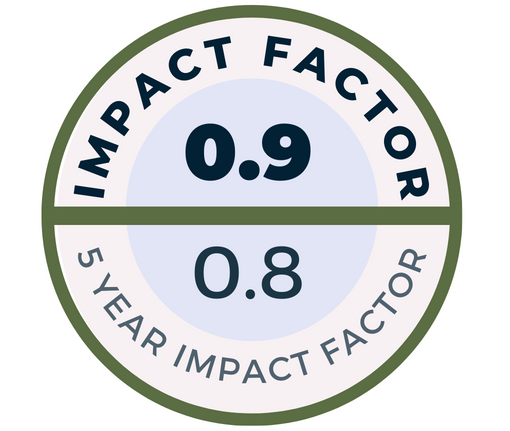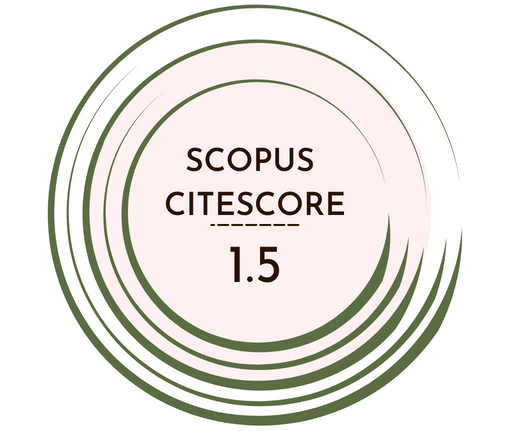Alzheimer's disease (AD), a neurological condition connected with aging, causes cognitive deterioration and has a substantial influence on a patient's daily activities. One of the most widely used clinical methods for examining how AD affects the brain is the electroencephalogram (EEG). Handcraft calculating descriptive features for machine learning algorithms requires time and frequently increases computational complexity. Deep networks provide a practical solution to feature extraction compared to handcraft feature extraction. The proposed work employs a time–frequency (TF) representation and a deep feature extraction-based approach to detect EEG segments in control subjects (CS) and AD patients. To create EEG segments' TF representations, high-resolution synchrosqueezing transform (SST) and traditional short-time Fourier transform (STFT) approaches are utilized. For deep feature extraction, SST and STFT magnitudes are used. The collected features are classified using a variety of classifiers to determine the EEG segments of CS and AD patients. In comparison to the SST method, the STFT-based deep feature extraction strategy produced improved classification accuracy between 79.56% and 92.96%.
Cite this article as: O. Karabiber Cura, H. S. Ture, A. Akan, "Detection of Alzheimer's dementia by using deep time-frequency feature extraction," Electrica, 24(1), 109-118, 2024.


.png)


